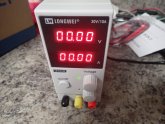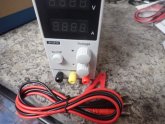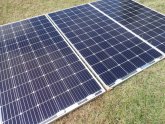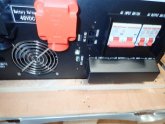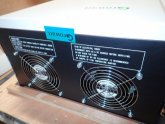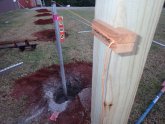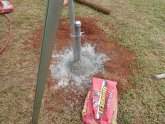First order was from Signature Solar:
1. 36x ZNShine 390W 72 Cell Bifacial Mono
2. 1x Off-Grid 48V DC 12kW Inverter 120V/240V 120A/150V MPPT with Wifi
Monitoring
3. 1x Growatt 12 KW Off-Grid Inverter Spare Boards
Found the we were using around 50kwh per night and that has to be corrected, I'm installing a mini split, and rheem hybrid water heater.
I’m excited to install the rheem as I can vent this into the tv room to keep it cool.
Like to start out with 50kwh storage either signatures batteries or possibly 4 16s 280ah batteries. Ideally would like to double this later. I'm hoping to get decent reduction in consumption so I can purchase pre-made.
Still trying to find an in expensive mounting option preferably pole mounted.
Not much to show yet but removed trees that were casting shadows on 1/2 the back yard.
We work from home and due to our job that consists of taking care of the ID population we are now using a lot of electricity.
Will update the thread as we go and I'm sure that I will have many questions for other parts of the forums.
1. 36x ZNShine 390W 72 Cell Bifacial Mono
2. 1x Off-Grid 48V DC 12kW Inverter 120V/240V 120A/150V MPPT with Wifi
Monitoring
3. 1x Growatt 12 KW Off-Grid Inverter Spare Boards
Found the we were using around 50kwh per night and that has to be corrected, I'm installing a mini split, and rheem hybrid water heater.
I’m excited to install the rheem as I can vent this into the tv room to keep it cool.
Like to start out with 50kwh storage either signatures batteries or possibly 4 16s 280ah batteries. Ideally would like to double this later. I'm hoping to get decent reduction in consumption so I can purchase pre-made.
Still trying to find an in expensive mounting option preferably pole mounted.
Not much to show yet but removed trees that were casting shadows on 1/2 the back yard.
We work from home and due to our job that consists of taking care of the ID population we are now using a lot of electricity.
Will update the thread as we go and I'm sure that I will have many questions for other parts of the forums.







